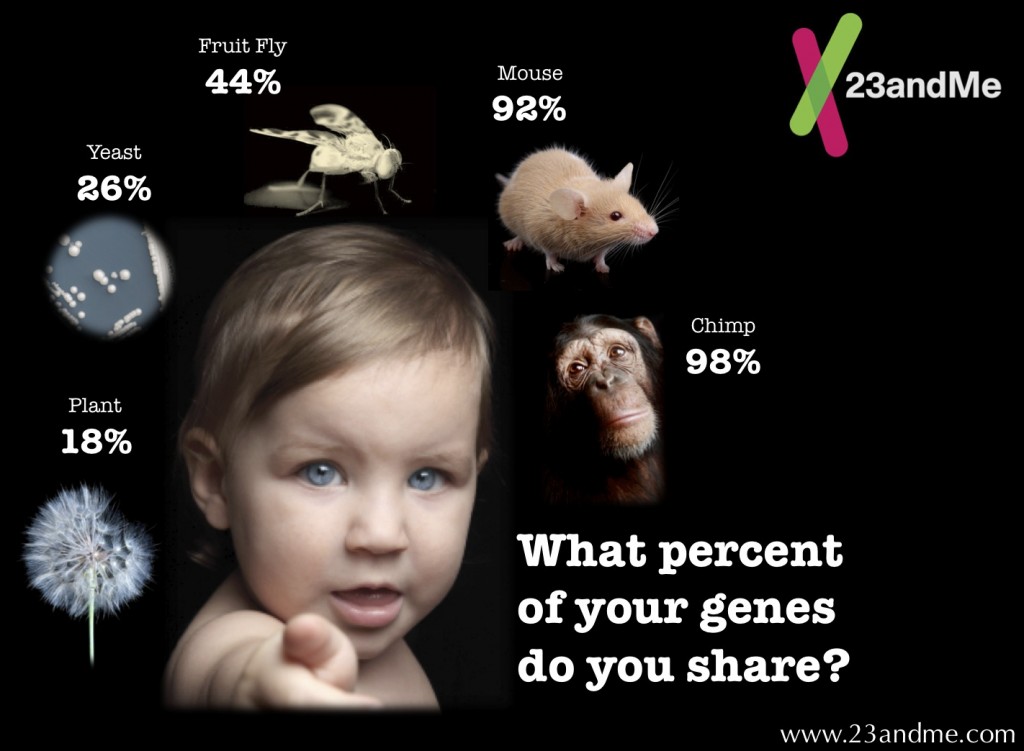The dna of humans is closer to a rat than a cat

The DNA of Humans: Closer to a Rat Than a Cat

When it comes to DNA, there are surprising similarities and differences between various species. One interesting fact that may catch you off guard is that, genetically speaking, the DNA of humans is actually closer to that of a rat than a cat. This statement may sound peculiar, but let’s delve into the scientific rationale behind it.
To comprehend this fact, we must first understand the concept of evolutionary relationships. All living organisms share a common ancestor, and through the course of evolution, species have diverged, resulting in the diversity of life we observe today. DNA holds the key to unraveling these relationships and understanding the genetic similarities and differences among species.
Within the animal kingdom, mammals have a particularly close genetic connection due to their shared characteristics and common ancestry. However, when it comes to comparing the DNA sequences, there are still noteworthy disparities. To determine the genetic similarity between humans, cats, and rats, scientists analyze specific regions of the DNA known as genes.
One crucial gene used for comparing species is the cytochrome c gene. Cytochrome c is a protein that plays a vital role in cellular respiration, the process that provides energy to cells. By examining the DNA sequences of the cytochrome c gene in different organisms, scientists can measure the genetic similarities among them.
Research has shown that humans and rats share a higher degree of similarity in the DNA sequence of the cytochrome c gene compared to humans and cats. This surprising finding challenges our assumptions about the closeness of our genetic relationship with different species. The similarity between humans and rats in this particular gene suggests a closer evolutionary connection between us and these small rodents.

Nevertheless, it is important to note that DNA comparison between species is a complex process, and one gene alone cannot fully represent the entire genome. There are numerous other genes and factors to consider that may demonstrate distinct patterns and relationships between species.
While the DNA similarity between humans and rats may be intriguing, it does not imply that we are more closely related to rats overall. Evolutionary relationships are multifaceted, and genetic connections can vary across different genes and regions of the genome.
In conclusion, the DNA of humans displays a closer resemblance to a rat than a cat in terms of the cytochrome c gene. This serves as a reminder of the intricate nature of evolutionary relationships and the surprises genetics can hold. Although this fact may be intriguing, it is essential to consider it within the broader context of genetic diversity and the complexity of species evolution.
Source: National Human Genome Research Institute
Share
Related Posts
Quick Links
Legal Stuff

